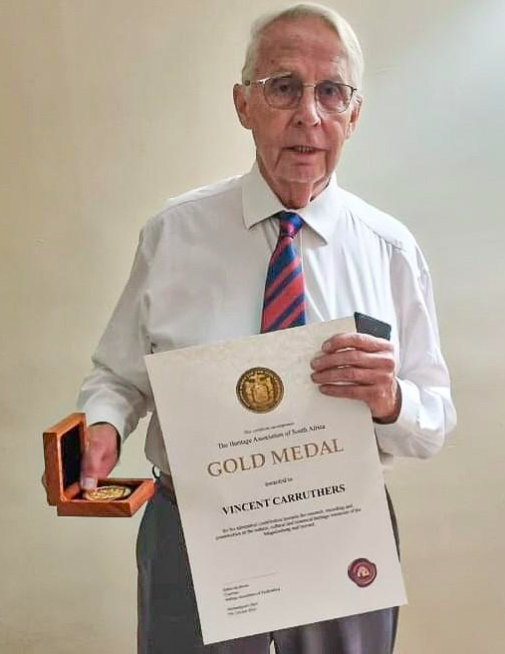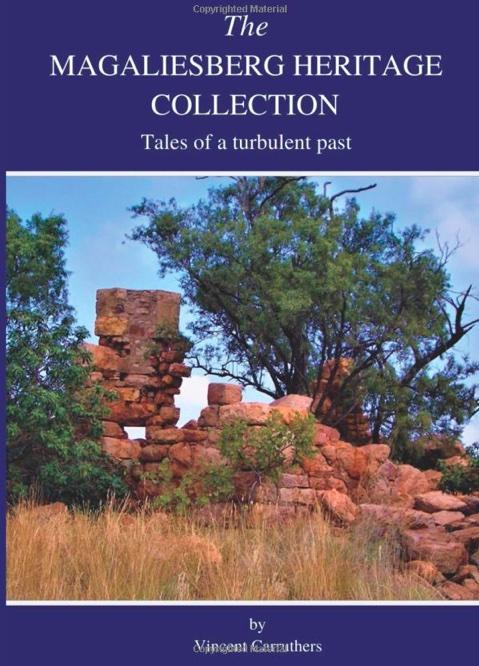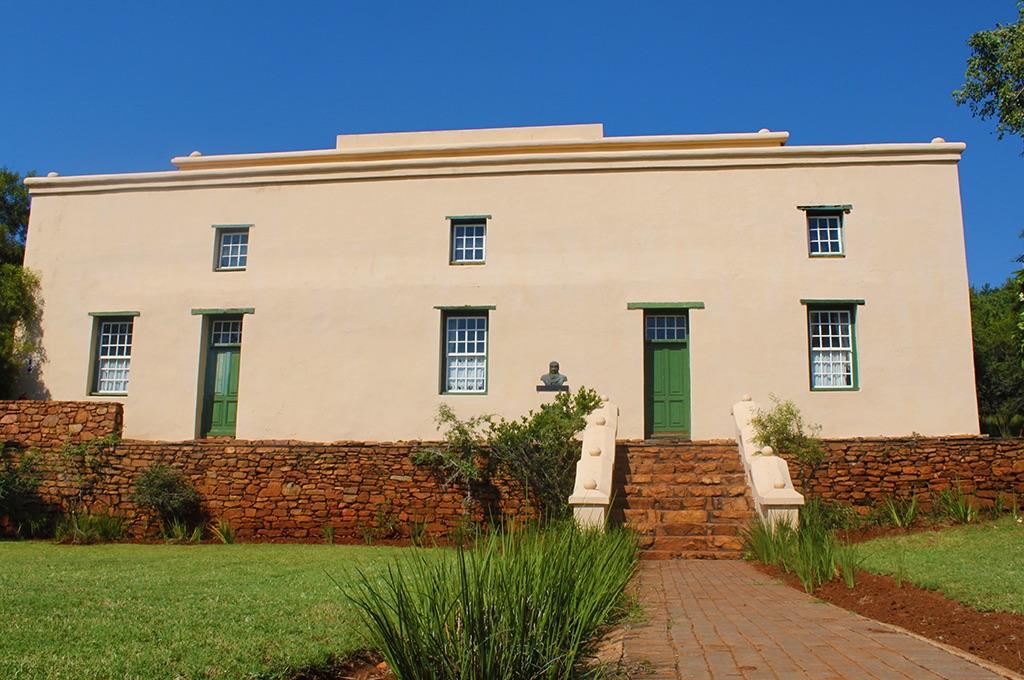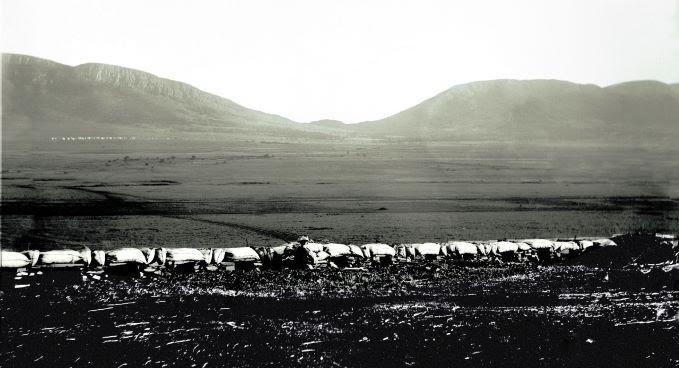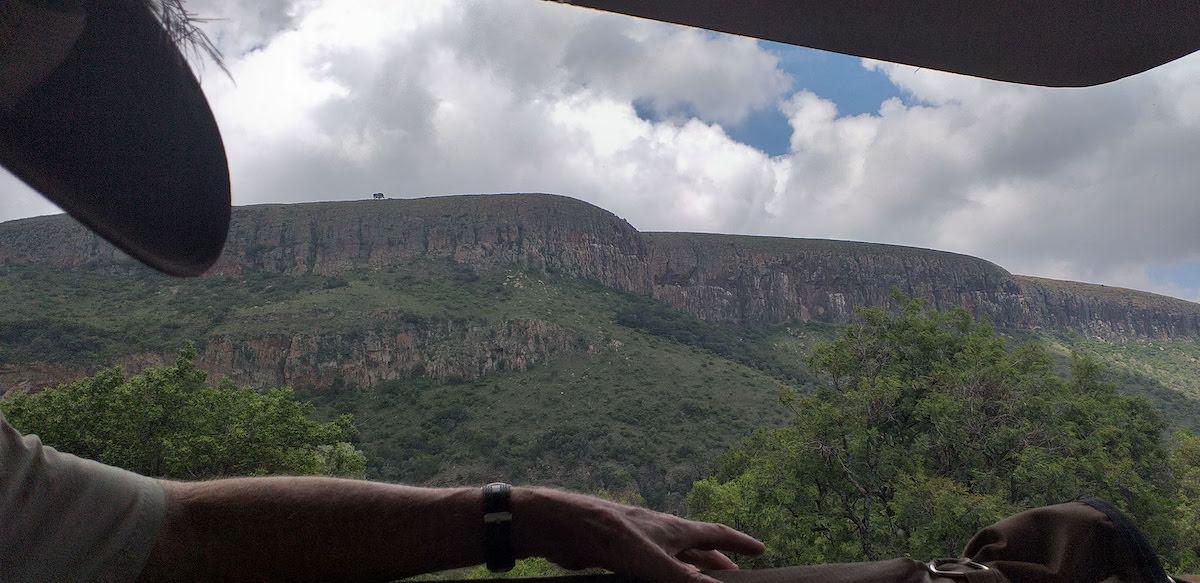
Vincent Carruthers is a prolific researcher and writer. He is a polymath of note, and his work spans a wide range of scientific and historical disciplines. He is a man of singular purpose and vision. His expertise on the Magaliesberg is unrivalled and his book on The Magaliesberg (first published in 1990) went into a fourth edition. Most recently in 2022, he published the centenary history of Hartbeespoort Dam. He is the man behind the initiative to have the Magaliesberg declared a Biosphere Reserve by UNESCO. In 2022 he put together a superb programme for the Heritage Association of South Africa Conference held in the Magaliesberg. Over the years, Vincent has delivered over 200 lectures and articles to promote the Magaliesberg and the Cradle of Humankind. Vincent stresses the global importance of the work of geologists, archaeologists, palaeontologists and historians in this part of South Africa.
Vincent Carruthers, recipient of the 2022 HASA Gold Medal
Vincent’s writing is always accessible and highly readable, and this is certainly the case with this interesting collection. This book brings together a collection of his research on the history of the Magaliesberg. Originally these essays were published as booklets for the Magaliesberg Association for Culture and Heritage. Many of his articles have also been published on the Heritage Portal (click here to view).
The advantage of a single volume of this type is that it brings together a corpus of work (24 essays) in printed format – a book that adds value to Africana book collections.
Book Cover
The volume is divided into three parts. Part 1 presents articles describing events from early historical times to the late 19th Century, covering pre-colonial and colonial times. Part 2 includes stories about the Anglo Boer War between 1899 and 1902; events in the Magaliesberg played a major part after the fall of Pretoria in 1900 and the shift to guerrilla tactics. Part 3 covers the 20th century.
This is an excellent and easy way to meet diverse characters - Mzilikazi, Mogale, an early Trekker family – the Pretorius brothers, the Marais discovery of gold, the Kruger presence with his farmhouses at Boekenhoutfontein (today Kedar Lodge), the events and significance of the first Anglo Boer War of 1880-1881 are all succinctly but clearly covered in the first part of the book.
Main House at Boekenhoutfontein built by Paul Kruger
The South African War (the Second Anglo Boer War) section tells of battles, occupations, sieges, triumphs and failures of both British and Boer as they fought over access routes and defences in the Magaliesberg and elsewhere in the old Transvaal.
Silkaatsnek viewed from the British camp at Rietfontein in 1901 (Komorant)
The final section of the book covers 20th century characters, places, and contributions – the 1914 Rebellion, the Baboon that went to war in France, the beliefs and writings of Gustav Preller and Eugene Marais, the impact of the Spanish Flu. War was not so active and immediate in the Magaliesberg but people from the area went abroad or fighting men were commemorated for example at the Sappersrus memorial chapel.
Sappersrus Memorial (Vincent Carruthers)
Each chapter is self-contained and enriched by maps, timelines and photographs from the archives. The final chapter explains the significance of the UNESCO Biosphere Reserve.
Footnotes have been kept to a minimum but the source references are given to promote further reading.
Vincent is truly a hero of the Magaliesberg and his work deserves recognition and celebration. In fact his research and his incredible efforts to share his knowledge has earned him a number of medals, from universities, the SA Zoological Society and the Heritage Association of South Africa. He deserves to be nominated for a National order. He himself has reached venerable heritage status.
The appeal of this volume is to the educated and keen heritage enthusiast who wants top quality easily accessible information. Debates and fierce differences of historical interpretation do not feature. Vincent’s objective is to tell stories and excite an interest. He delivers superbly in conveying the history of conflict in the deep and more recent past. He is not prescriptive or judgmental but seems to present his material in a factual and informative manner.
This book is available from the Johannesburg Heritage Foundation (060 813 3239 or mail@joburgheritage.org.za). 2023 price is R330.

